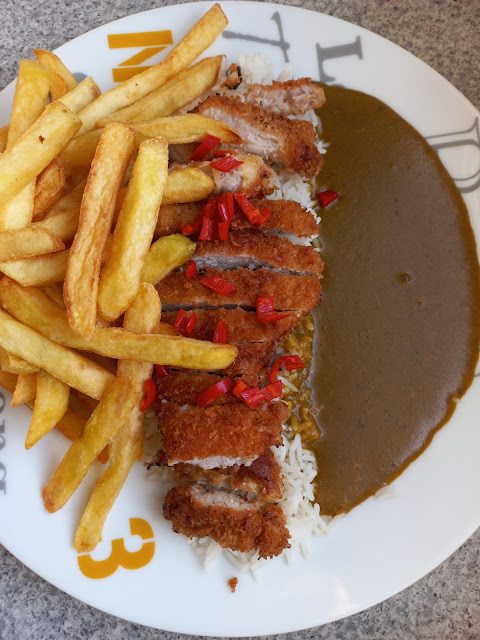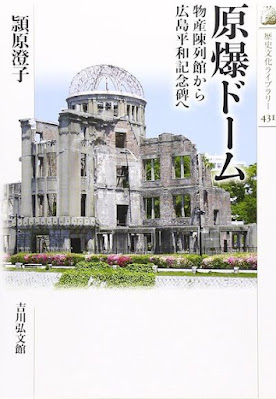 |
| Local temple with pair of kadomatsu New Year decorations out front |
Earlier in the year, I had the chance to spend time in Osaka for a conference and visited a couple of spots which suggest that Japan's second city - OK by population actually third - is actually the best place in Japan for romance. This may seem a stretch to those that live there: Osaka is undoubtedly a friendly place with great food and entertainment, and (astonishingly) came in 2nd place in the 2021 Global Liveability Index, but even locals would hesitate to call it a love hot-spot. So let me introduce two places that persuaded me otherwise.
The first is the Umeda Sky Building (梅田スカイビル) located in the north part of the city, a short walk from both Osaka and Umeda Stations. While not particularly tall, it is the architecture that makes it stand out, two separate buildings connected on the 40th floor with a circular "floating garden" observation deck (Kūchū Teien Observatory=空中庭園展望台) and joined with two aerial escalators that seem to hang in the air (don't look down!). Umeda Sky Building was actually chosen as one of the top 20 buildings around the world in a 2008 article in The Times (PDF here). In terms of romance, the sparkling cityscape itself is mesmerising and at night is packed with couples; you can even buy a heart-shaped padlock, engrave your names, and fix it to the "Fence of Vows" where it will apparently stay forever!
The second reason for nominating Osaka as the city of love is the delightful Tsuyu no Tenjinja (露の天神社) Shrine popularly called Ohatsu Tenjin (お初天神). The popular name refers to the geisha Ohatsu who apparently committed a double suicide with her lover Tokubei at the shrine in 1703, a story which was popularised in the bunraku puppet play The Love Suicides of Sonezaki (曾根崎心中). The play was so popular that it sparked a spate of love suicides and was eventually banned by the bakufu; today, however, the shrine has become a "sacred place for lovers" (恋人の聖地) where couples visit to pray for eternal love and also where singles can pray for romance to come their way. Heart-shaped ema (絵馬), small wooden plaques on which wishes are written, are hung up all over the shrine, which also features manga-style and stone life-size images of Ohatsu and Tokubei, fortune papers (omikuji) tied to giant hearts, a tunnel decorated with wind-chimes, and a large multi-coloured frog (?). Check out the video below and see if you can spot all these things - and perhaps add a COMMENT about your favourite shrine or temple in Japan. In the meantime, it only remains for me to wish you yoi o toshi o and pray that 2023 brings you - and people all over the world - lots of love!

















































